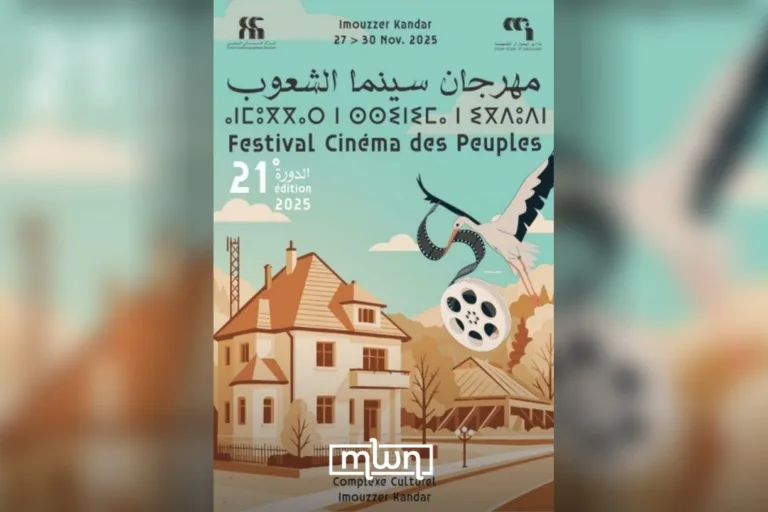Social media and a growing self-acceptance movement have transformed curly hair in Morocco from a source of bullying and shame to a celebrated symbol of beauty.
Fez – Curly hair in Morocco has always sparked strong opinions. For decades, many viewed it as unruly, unkempt, or unprofessional. Today, it’s both a source of pride and controversy.
While some embrace their curls as part of their identity, others recall painful memories of being ridiculed for the same feature. Social media has amplified the conversation, turning what was once a silent struggle into a public debate.
Growing Up Curly
For many Moroccan girls and boys, having curly hair meant enduring constant teasing. In schools, classmates would laugh at curls, comparing them to “Shetaba d lhebs,” which means the “prison’s broom,” or “Eish Alghurab,” which stands for “the crow’s nest.”
These comments often came with unsolicited advice: “L’mechta b Drhm” which means “the comb only costs one dirham,” or “you should consider opening a steel wool project.” Such remarks left deep emotional scars, making many feel that their natural hair was a flaw to fix rather than a feature to cherish.
Some girls shared their experiences via social media platforms, recalling their teenage years. “I used to beg my mom to let me straighten my hair,” one recalled. “My classmates called me ‘Chakouka’(a Moroccan term for frizzy hair), and I didn’t want to stand out in a bad way.”
Stories like this are common, and the pressure to conform to Eurocentric beauty standards pushed many to burn their curls with flat irons or chemical treatments.
The Social Media Revolution
Social media, however, has reshaped this narrative. Platforms like Instagram and TikTok are now filled with Moroccan influencers proudly showcasing their curls.
Hashtags like #CurlyHairJourney and #MoroccanCurls celebrate natural hair, encouraging others to embrace their authentic selves. Creators share tips for maintaining curls, from DIY masks using argan oil to routines tailored to the humid Moroccan climate.
The Backlash
Despite the growing acceptance, the conversation remains divided. Some argue that this newfound love for curly hair feels performative, driven by trends rather than genuine acceptance.
One commenter tweeted on X: “Everyone loves curls now, but where was this energy when we were bullied for it?’ Another added: “It’s easy to embrace curls when influencers make it look glamorous. The reality is different for regular people.”
Moreover, only some have joined the movement. Traditional beauty standards still dominate in many parts of Morocco. For every person celebrating their curls, another feels pressure to conform to straighter hairstyles for work or special occasions.
Balancing Beauty and Authenticity
The curly hair debate in Morocco reflects broader societal tensions. On one hand, it highlights progress—more people are embracing diversity in beauty. On the other hand, it reveals how deep-rooted biases still affect individuals. For many, the journey to loving their curls is not just about hair; it’s about reclaiming identity and challenging norms.
This shift happened because of years of silent resistance combined with the power of social media to amplify voices and challenge traditional beauty standards. The question remains: Is Morocco truly ready to embrace curly hair beyond social media trends? Change takes time, but one thing is certain—the conversation is louder than ever. And for those who’ve battled years of bullying, that’s a victory in itself.
Read more: The Art of ‘Feng Shui’ and the TikTok Red Purse Trend
















